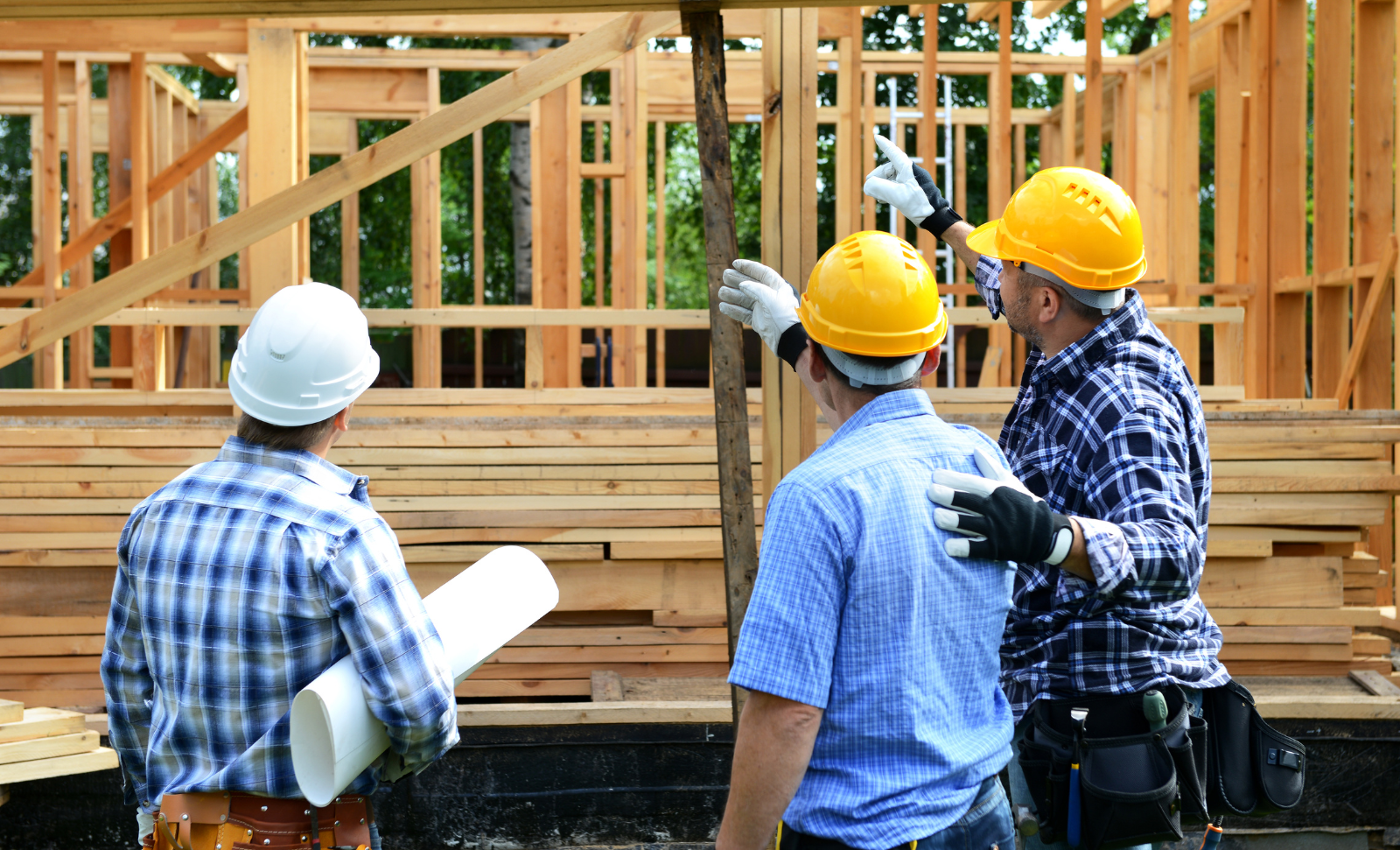
Decarbonizing the building sector: opportunities and challenges
12th Jul 2022
Over one third of global carbon dioxide emissions are produced by the building sector, and so it has a critical role to play in preventing the catastrophic impacts of the climate crisis.Bashar Al Shawa, technical manager of the Science Based Targets initiative’s (SBTi) Buildings Project, explains how the initiative is supporting building sector companies to urgently cut emissions and transform their business models to align with a 1.5°C climate change trajectory.
The building sector is responsible for36% of the world’s final energy consumption and ~37% of global energy-related carbon dioxide emissions. Despite the introduction of various green building standards and building energy codes, the International Energy Agency (IEA) recently described the sector as ‘not-on-track’ to meet its Net Zero by 2050 scenario. However, this does not have to be the case, since approximately80% of economically-viable measuresto improve energy efficiency in buildings remain untapped.
TheSBTi’s Buildings Projectaims to resolve this by developing new methodologies, tools and target-setting guidance to set a global pathway for all buildings’ emissions to align with 1.5°C — as set out in the Paris Agreement and Glasgow Climate Pact. The project was initiated in 2021 through funding provided byLaudes Foundation— an independent foundation focused on accelerating the transition to a climate-positive and inclusive economy by tackling the most pressing and systemic issues in the built environment – and is expected to run for two years.
Building pathways to decarbonize the building sector
The SBTi’s Buildings Project was launched to provide a route for all players in this sector to align their climate mitigation plans with the latest science, taking into account the specific challenges facing this industry.
While there has been a rapid increase in green building standards, the alignment of their requirements with a 1.5°C trajectory – in terms of operational carbon, operational energy or embodied carbon – has not been demonstrated.
What’s more, initiatives aiming to provide an interpretation of theGreenhouse Gas Protocolfor the building sector to account for carbon emissions and emissions reduction targets have often addressed only one sector stakeholder out of many that exist – e.g. architects, engineers, project managers, developers, builders, owners or financial institutions.
The SBTi Buildings Project aims to address these limitations through three main objectives:
- Develop a 1.5°C-aligned pathway for the global building sector’s in-use emissions – i.e., those associated with operating buildings.
- Develop a 1.5°C-aligned pathway for the sector’s embodied emissions – i.e., those associated with construction activities and building materials.
- Develop guidance for emissions accounting, reporting and target setting for various sector stakeholders.
To ensure the guidance and resources are robust, clear and practical, the SBTi’s Buildings Project has engaged experts from industry, academia and civil society on various approaches and solutions through regularExpert Advisory Group (EAG)sessions.
The SBTi has partnered with theCarbon Risk Real Estate Monitor- (CRREM), an initiative that helps real estate investors and other stakeholders align with the Paris Agreement through providing a set of decarbonization and energy intensity pathways for the operation of buildings.
The project has a wider stakeholder group of key industry and non-industry representatives that will be invited to provide input through a public consultation phase.View the project timeline here.
Buildings, climate action and the challenges ahead
One of the main discussions currently taking place within the SBTi’s Technical Working Group (TWG) and the wider EAG community is whether the SBTi’s Buildings Project should include an energy efficiency pathway, alongside the in-use emissions pathway. The focus on emissions alone could lead to a situation where, with the rapid decarbonization of the power grid in various countries, a building may be labelled as ‘net-zero carbon’ while also being extremely energy inefficient. This goes against thecorrect energy hierarchyof reducing demand first, and then meeting that reduced demand with renewable energy.
The current emissions-only pathway also ignores the limited availability of renewable energy. Recentresearchhas sounded the alarms. If the global energy demand continues to increase at its current pace and we wish to supply that demand through a 100% renewable energy system, our demand for lithium for energy storage would be almost double current proven reserves. The priority must therefore be to reduce the building sector’s energy demand through energy efficiency improvements to ensure the sector operates within the renewable energy supply limit.
Another talking point, one relating to the project’s third objective, is investigating how the outcomes of this project could contribute to existing sector initiatives. There is already an ‘over-supply’ of initiatives and standards for buildings, but the alignment of these with a 1.5°C trajectory is not clear. The challenge is to develop targets and performance indicators that could be readily adopted by these initiatives and standards so as to make them 1.5°C-aligned and maximize the impact of the SBTi’s Buildings Project.
Closing the performance gap
The performance gap – i.e. where a building’s calculated energy use does not match that measured in reality – is a common phenomenon within the sector. Often caused by a number of different factors such as the rebound effect, competency of energy modeller and construction quality, this gap can be as high as afactor of four. That is, a building’s measured energy consumption can be four times higher than that modelled. Even in rating schemes with stringent documentation requirements, such as the German Passivhaus, this can be as high as147%. It is therefore fair to conclude that in a framework where the assessment and verification of buildings’ performance is limited, such a gap would continue to exist.
SBTi开始努力缩小这种差距developing a framework that will provide general and sector-specific criteria and recommendations to companies regardingmeasurement, reporting and verification (MRV) of progress against science-based targets. As with the ‘over-supply’ of buildings standards point discussed above, this framework could be based on existing mechanisms that aim to achieve the same end-goal.
Companies operating in the building sector such (e.g. those dedicated to residential and commercial building or industrial construction, architects, engineers, developers, building owners and investors) must step up their climate action efforts immediately if they are to be on the right side of history and lead the transformation to a global net-zero economy.
We are confident that, with the support of our EAG and the wider stakeholder community, we will navigate these and other challenges to enable the transition towards a socially-just, sustainable built environment that is within planetary limits. Find out more in theSBTi Buildings Sector Project pageandcommit to set a science-based target now.



